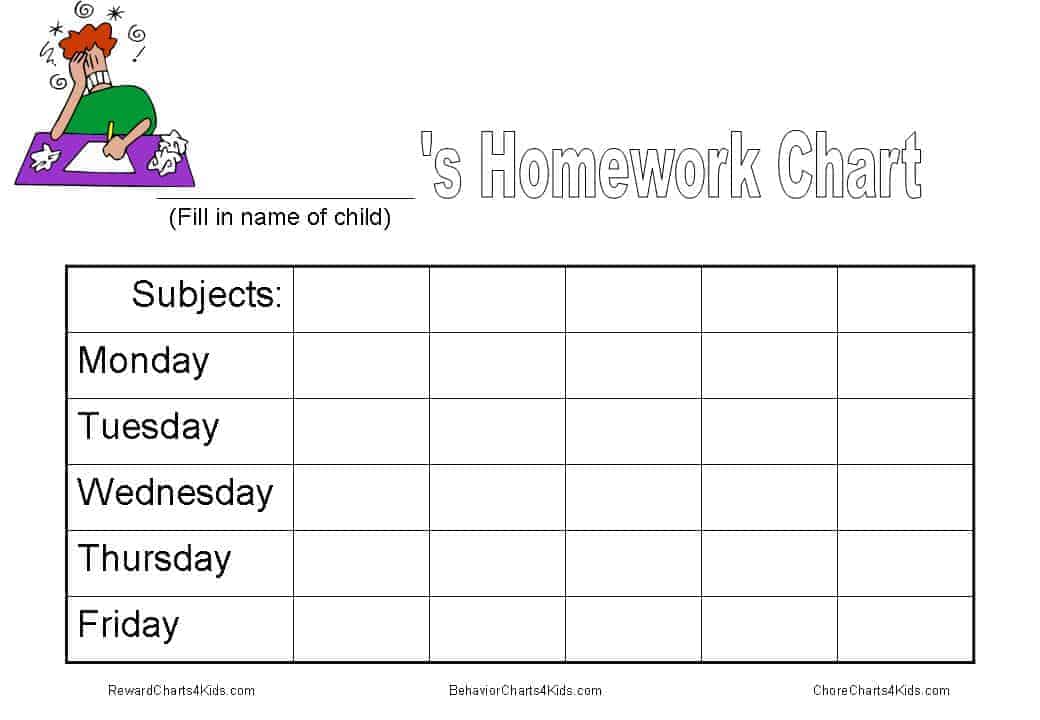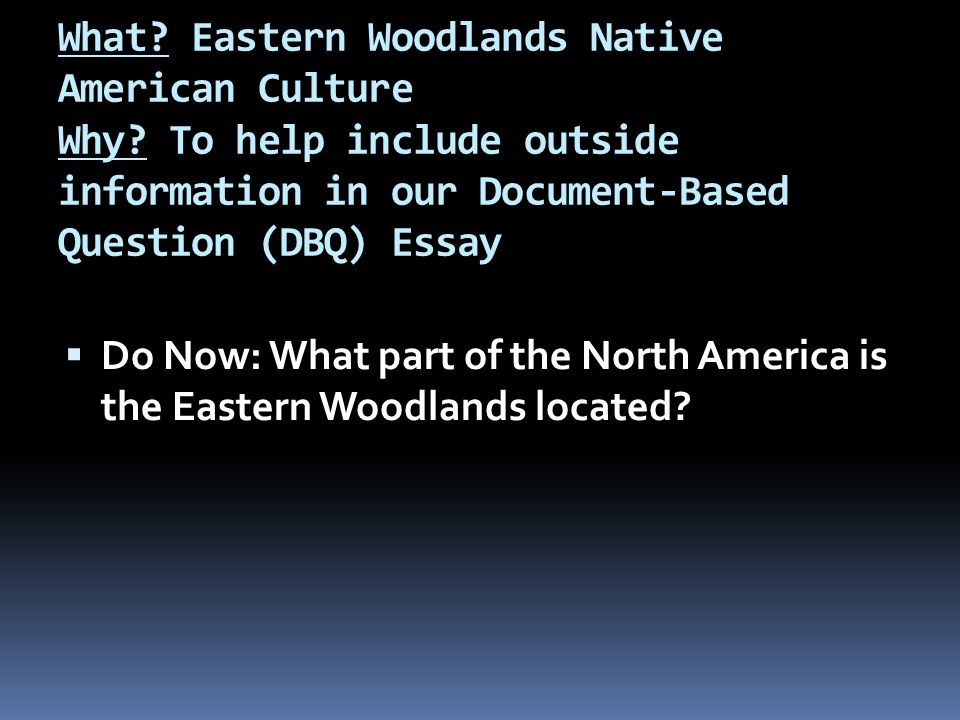What was the Gandhi-Irwin Pact? Key Point of Gandhi-Irwin.
Gandhi-Irwin Pact is the name given to a political agreement concluded by Mahatma Gandhi and Lord Irwin, the then Viceroy of India, on 5 th March 1931. Background of Gandhi-Irwin Pact The Second Round Table Conference was to be held in 1931 in London.
Gandhi thus became the uncrowned monarch of the people. Lord Irwin was succeeded by Willington who was unlike Irwin very rigid and ignored many provisions of the Gandhi-Irwin Pact. With doubts in mind but true to his commitments Gandhi left for England on 29 August 1931 to attend the Round Table Conference. Civil Disobedience Resumed: The Poona.

Ultimately the British opened negotiations with Gandhiji and the result was the signing of the Gandhi-Irwin Pact. Lord Irwin was the then Governor-General and Viceroy of India. c. Provisions of the Pact: Concerned at the growing intensity of the Civil Disobedience Movement Lord Irwin, the then Viceroy of India, opened negotiations with Gandhiji.
The government, represented by Lord Edward Irwin, decided to negotiate with Gandhi. The Gandhi-Irwin Pact was signed in March 1931. The agreement between Gandhi and Irwin was signed on March 5, 1931. Following are the salient points of this agreement: The Congress would discontinue the Civil Disobedience Movement.

The Gandhi Heritage Portal is a complete repository of authentic information about Mahatma Gandhi with some rare photographs and writings. The Gandhi Heritage Portal is developed by the Sabarmati Ashram Preservation and Memorial trust, Ahmedabad.
He soon got disenchanted with Gandhi’s pacifist policies and developed differences with Gandhi on several matters. Un the question of complete independence, he differed with Gandhi. He formed Independence League, took part in civil disobedience and was jailed in 1930 and was released the following year following Gandhi-Irwin pact.

Gandhi-Irwin Pact M.K Gandhi attended highly official meeting with Lord Irwin on the behalf of the Indian National Congress on negotiating terms of Constitutional reforms.

Q. Drawing on Gandhi's definition of the successful outcome of a Satyagraha campaign make the strongest case that the 1931 Gandhi-Irwin pact illustrated the outcome of a successful Satyagraha campaign. The Gandhi Irwin Pact was signed by Gandhi and the then Viceroy of India in 1931. Gandhi was an influential figure of the time, and had much.

Chapter-16: Gandhi-Irwin Pact 1. Lord Irwin. 2.A Cartoonist's view of the Gandhi-Irwin parleys, February-March 1931. The Viceroy, Lord Irwin, was at this time directing the sternest repression which Indian nationalism had known, but he did not really relish the role.

Gandhi them launched a non-co operation in 1920 against the British rule. On 12th March 1930, Gandhi started his Civil Disobedience with his famous 'Dandi March' to break the salt laws. Many leaders and persons courted arrest. Then followed the Gandhi-Irwin Pact for the participation of the congress in the Second Round Table Conference in 1931.

In this lesson the educator has discussed Gandhi Irwin pact in details along with Round Table Conferences.
The Viceroy, Lord Irwin, was authorised to hold talks with Mahatma Gandhi. Finally, Gandhi and Irwin made an agreement on 5 March 1931. The agreement is called Gandhi-Irwin pact By this pact Government agreed to release most of the civil disobedience volunteers, against whom there was no allegation of violence.

The well-known Gandhi Irwin Pact was a significant point in India's struggle for independence. Mahatma Gandhi and the then Viceroy of India Lord Irwin on signed this historic pact on 5th March 1931.



